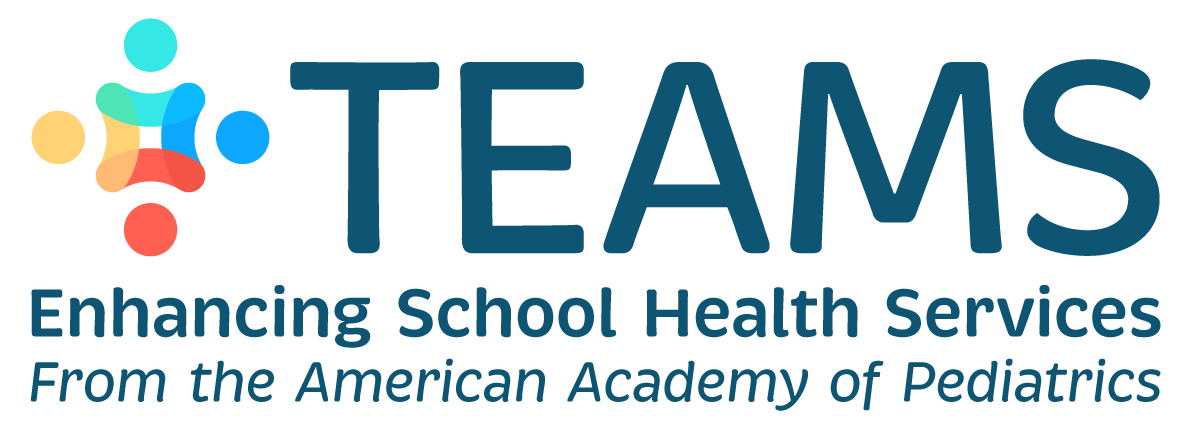Collaborating with local pediatricians/physicians benefits both healthcare systems and schools by providing care coordination for students. This can lead to the development of collaborative health plans which in turn can lead to fewer student absences due to illness or medical appointments as well as give the student a better quality of life.
Physician/Pediatricians and TEAMS
What the pediatrican/physician partner can contribute: |
What the pediatrician/physician partner can gain: |
|
|
Identifying a TEAMS Team Member
In the TEAMS Program, it is recommended that the physician/pediatrician partner have previous experience in child and/or adolescent health, chronic disease prevention and management, and school health. The physician/pediatrician partner might be the school district’s physician consultant, a community pediatrician, a hospital-based or health department-based physician in the area or other physician with appropriate background, experience and interest. A pediatrician is recommended due to their expertise in child health. This partner must be willing to work collaboratively with the school district representative and health department partner and commit to an active role on the team.
In some communities, particularly in rural areas, it may be difficult to find a physician/pediatrician partner. If that is the case, consider others with a similar background - perhaps a nurse practitioner could serve in the physician role. If the team is not able to include a physician partner as part of the TEAMS leadership team, it is important to keep the individual as part of a larger, less involved, community and partner group.
AAP Policy Statement on School-Based Health Centers and Pediatric Practice
Helpful Resources
Building Sustainable Health and Education Partnerships: Stories from Local Communities
(Journal of School Health)
This article details the importance of schools forming relationships with partners across multiple domains to address health disparities by providing opportunities and services that promote health development of children and adolescents.
Advancing Education and Health Through the Community Schools Strategy
(National League of Cities)
This resource from the National League of Cities includes the impetus for action, the intersection between education and health, city-level opportunities to improve education and health outcomes, city spotlights and strategies for changing the health landscape.
Opportunities for School and Hospital Partnerships in the Management of Chronic Conditions
(National Association of Chronic Disease Directors)
The purpose of this issue brief is to help inform and strengthen school and hospital partnering including the Community Health Needs Assessment engagement related to the management of chronic health conditions in schools.
Hospitals and Schools as Hubs for Building Healthy Communities
(Brookings Institute)
In this resource, the authors feature 2 institutions that can play a key role in helping to enhance health and long-term economic mobility in a community: hospitals and schools.
This webpage was supported by Cooperative Agreement Number NU38OT000282-04-00, funded by the Healthy Schools Branch - Centers for Disease Control and Prevention. Its contents are solely the responsibility of the American Academy of Pediatrics and do not necessarily represent the official views of the Centers for Disease Control and Prevention of the Department of Health and Human Services.
Last Updated
06/22/2022
Source
American Academy of Pediatrics
